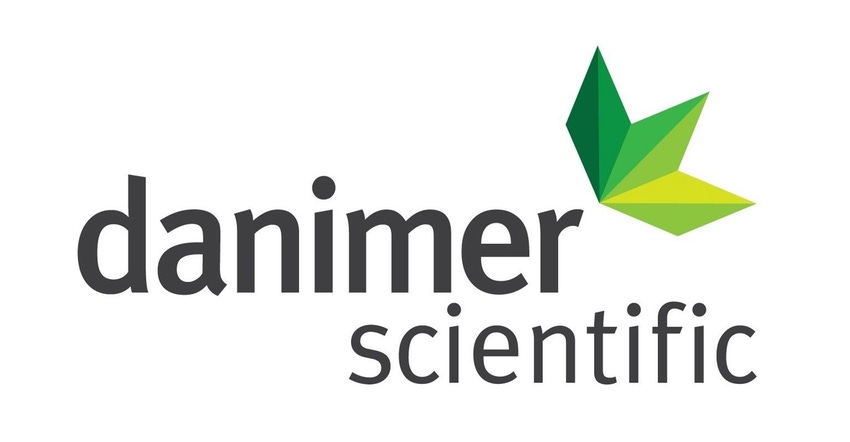By merging with a special purpose acquisition company (SPAC) to go public, Danimer Scientific gains accelerated access to the capital it needs to increase production of its signature polymer, Nodax PHA.
December 31, 2020

Meredian Holdings Group Inc., doing business as bioplastics company Danimer Scientific, and Danimer Scientific Inc., formerly known as Live Oak Acquisition Corp., announced on Dec. 29 that they have completed their previously announced business combination. The transaction was unanimously approved by the board of directors of Live Oak and at a special meeting of Live Oak stockholders on Dec. 28. Live Oak changed its name to Danimer Scientific Inc. and began trading under the ticker symbol DNMR on the New York Stock Exchange on Dec. 30. Danimer is focused on the development and production of biodegradable materials.
Danimer had announced in October its agreement to go public by merging with blank-check acquisition company Live Oak Acquisition Corp. in a deal that valued the bioplastics company at around $890 million. A Reuters report at that time explained that it was the latest example of a company opting to go public by merging with a so-called special purpose acquisition company (SPAC) rather than through a traditional initial public offering (IPO).
A SPAC is a shell company that raises cash in an IPO with the goal of buying an unidentified private company, usually within two years, in a deal that would then take the acquired company public. The SPAC deal offered a quicker route to public markets and the funding that Bainbridge, GA–based Danimer needed than a traditional IPO, said CEO Stephen Croskrey.
“The SPAC route gives us the speed that we need to get to that capital. We just don’t have time to start a traditional IPO process right now,” Croskrey said in an interview with Reuters in October.
In the Dec. 29 release, Croskrey commented: “The completion of our business combination represents a pivotal milestone in the global fight against one of the world’s biggest environmental problems — single-use plastic waste and pollution. We are now fully financed to expand production capacity and meet the considerable expected demand from our blue-chip, multinational customer base.
“Our customers view our Nodax PHA technology as a core component of their corporate sustainability strategy and a key vehicle to achieve their commitments of reducing plastic waste by making their plastic packaging fully biodegradable,” Croskrey added. “We are excited to become a publicly traded company and enter the next phase of growth as we broaden the reach of our remarkable Nodax technology.”
Danimer’s signature polymer Nodax PHA (polyhydroxyalkanoate) is a 100% biodegradable, renewable, and sustainable plastic produced using canola oil as a primary feedstock. Nodax is the first PHA polymer to be certified as marine degradable, the highest standard of biodegradability. The material will fully degrade in ocean water without leaving behind harmful microplastics, said Danimer. As a result, Nodax offers a better beginning-of-life and end-of-life cycle than any of today’s traditional plastics and can replace the 80% of plastics that are never recycled or incinerated, according to the company.
According to Danimer’s release, the company is currently producing and shipping Nodax at commercial scale from its facility in Winchester, KY. It has partnered with key manufacturers and consumer products companies such as PepsiCo, Nestlé, Bacardi, Genpak, WinCup, Columbia Packaging Group, Kemira, and Plastic Suppliers Inc. as they introduce more sustainable alternatives to straws, food and beverage containers, and flexible packaging, among others.
Based on signed and pending contracts, Danimer is fully sold out of all production in its Kentucky facility and will use its increased capital base to significantly increase production to meet expected current and long-term demand, said Danimer.
The company’s technology can be found in an array of plastic end-use products that people use every day. Applications for Danimer’s biopolymers include additives, aqueous coatings, fibers, filaments, films, and injection-molded articles. Danimer now holds more than 150 patents and pending patent applications in nearly 20 countries for a range of manufacturing processes and biopolymer formulations.
About the Author(s)
You May Also Like




